Summary of the book Ten Chapters of Cloud Computing
Author: Mustafa Ait Karim
Mustafa Ait Karim's book, "The Ten Chapters of Cloud Computing," addresses a crucial topic in the modern world of technology: cloud computing. The author presents this concept in a simplified and systematic manner, aiming to clarify the fundamentals of the technology, its benefits, and its challenges, while highlighting how to leverage it on both a personal and institutional level.
The 10 Chapters of Cloud Computing book consists of ten sequential chapters covering various aspects of cloud computing, making it an excellent reference for beginners and professionals interested in understanding this revolutionary technology.
Chapter One: Cloud Computing is the Revolution
In this introductory chapter of the book Ten Chapters on Cloud Computing, the author asserts that cloud computing represents a true revolution in information technology, enabling the transfer of data, applications, and operating systems to remote servers operating over the Internet.
There's no longer a need for advanced local hardware. Instead, the cloud itself has become the center of operations and processing, while the end user interacts only with applications and services, without worrying about maintenance, security, or updates. The author emphasizes that this technology will completely change the way we use computers, making them merely a gateway to vast cloud resources.
Chapter Two: Economics of Cloud Computing
This chapter of the book "Ten Chapters on Cloud Computing" discusses the economic benefits of cloud computing, including significant cost reductions. Individuals and organizations do not need to purchase expensive equipment or incur operational and maintenance expenses. They only pay for the services used. This model also allows for expansion and contraction as needed, enhancing the efficiency of financial resource management within organizations.
Chapter Three: Types of Cloud Computing -SaaS, PaaS, IaaS
The author distinguishes between three main models of cloud computing in this part of the book Ten Chapters of Cloud Computing:
SaaS (Software as a Service):Where ready-to-use applications are provided online such as:Gmail or Office 365.
PaaS (Platform as a Service):It allows developers to create applications without having to manage infrastructure, such as:Google App Engine.
IaaS (Infrastructure as a Service):Where virtual infrastructure is provided as a service, such as:Amazon AWS and Microsoft Azure.
Each type serves a different purpose depending on the needs of users, from individuals to large organizations.
Chapter 4: Say Goodbye to Data Centers
This chapter from the book "Ten Chapters on Cloud Computing" explains that cloud computing has made traditional data centers a thing of the past. Instead of building and operating huge, expensive data centers, cloud infrastructure can be relied upon, offering vast capabilities at lower costs and greater flexibility. Small and medium-sized businesses have gained access to technologies that were once the exclusive domain of large corporations, which has contributed to fostering innovation and competition.
Chapter Five: Cloud Computing Security as a Partnership Between Vendor and Customer
In this chapter of the book "Ten Chapters on Cloud Computing," the author discusses security in the cloud, one of the most prominent challenges facing users. He points out that security is not solely the responsibility of the service provider, but rather a shared awareness among users and vendors alike.
From encryption to access policies, there are multiple security aspects that must be strictly managed to protect data. Major cloud companies also offer extremely strict security protocols, making cloud computing often more secure than on-premises systems.
Chapter 6: Moving to Cloud Computing
The book, Ten Chapters on Cloud Computing, explains how to move from traditional systems to cloud computing. It explains that the transition doesn't have to be comprehensive from the beginning, but can be done gradually, starting with email or collaboration tools, then moving to databases or a full infrastructure. The author emphasizes the importance of good planning, understanding needs, and relying on reliable providers to avoid technical surprises.
Chapter Seven: Managing Business on the Cloud
This chapter of the book "The Ten Chapters of Cloud Computing" presents a vision for managing business through cloud computing. Small and emerging companies can benefit from cloud services to manage their customer relationships, organize financial operations, and monitor employee performance, all through integrated tools that do not require extensive technical expertise. The cloud provides great flexibility and speed in decision-making because it allows access to data anytime, anywhere.
Chapter Eight: Creative Configurations for Cloud Computing
Here, the author opens the door to the creative side of cloud computing, as multiple services can be combined to create customized solutions tailored to different situations, whether in education, e-commerce, or healthcare. The cloud offers unlimited opportunities for innovation in building smart systems, employing artificial intelligence technologies, and analyzing big data.
Chapter Nine: Open Source Innovation in Cloud Computing
The Ten Chapters of Cloud Computing book discusses the relationship between open source software and cloud computing. Open source has contributed to accelerating the pace of development and innovation, systems such asOpenStack provides powerful alternatives to commercial service providers, enabling enterprise-class cloud environments. Open source also supports transparency and community collaboration, enhancing security and trust in cloud solutions.
Chapter 10: Cloud Computing Challenges
In the concluding chapter of the book Ten Chapters of Cloud Computing, the author focuses on the challenges that still face cloud computing, such as:
- Concerns about privacy and data storage locations.
- Difficulty in recovering data in case of loss.
- Slow internet speed in some developing countries.
- The need to educate users about security and the effective use of technology.
The author concludes by emphasizing that these challenges do not diminish the value of cloud computing, but rather call for the development of more secure and sustainable mechanisms and tools, as the future clearly lies with cloud technologies.
The 10 Chapters of Cloud Computing is a practical, useful reference for understanding cloud computing in a structured and streamlined manner. It is clearly written and presented, combining simple technical information with practical advice for applying cloud concepts to everyday life and work.
You can download the 10 Chapters of Cloud Computing book directly from here.
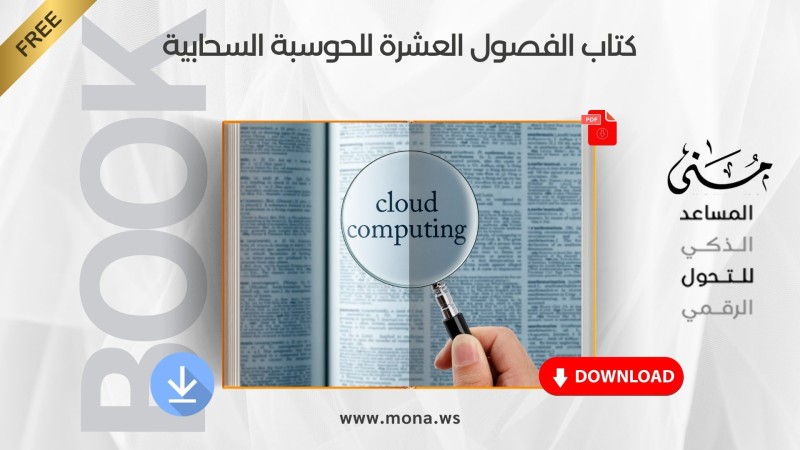 كتاب الفصول العشرة للحوسبة السحابية
كتاب الفصول العشرة للحوسبة السحابية




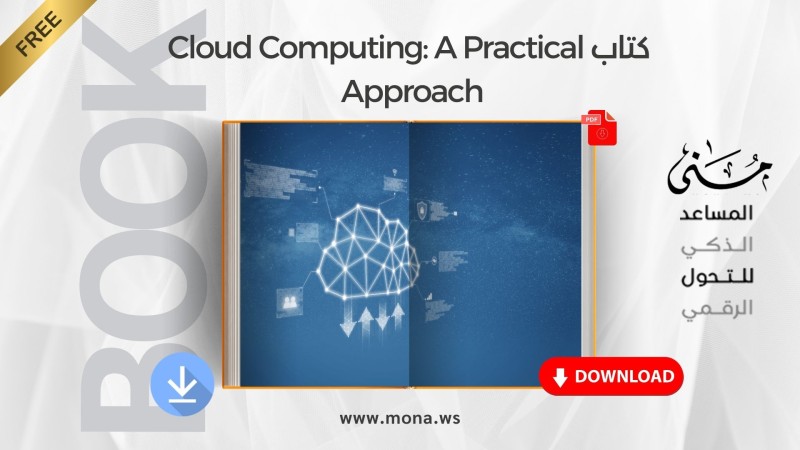
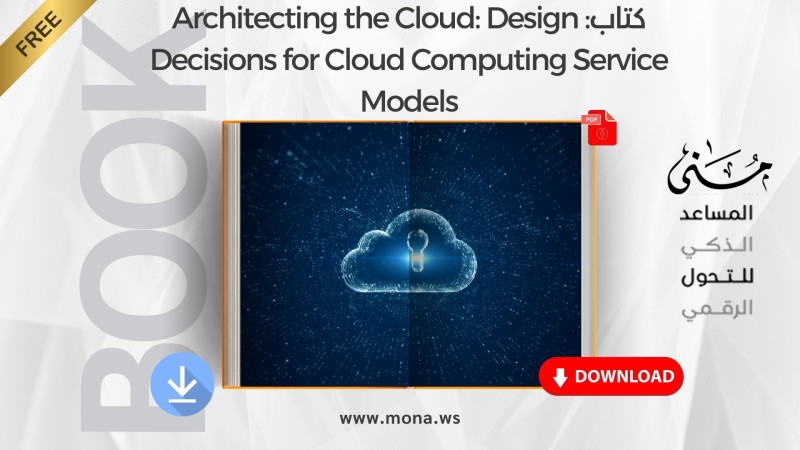

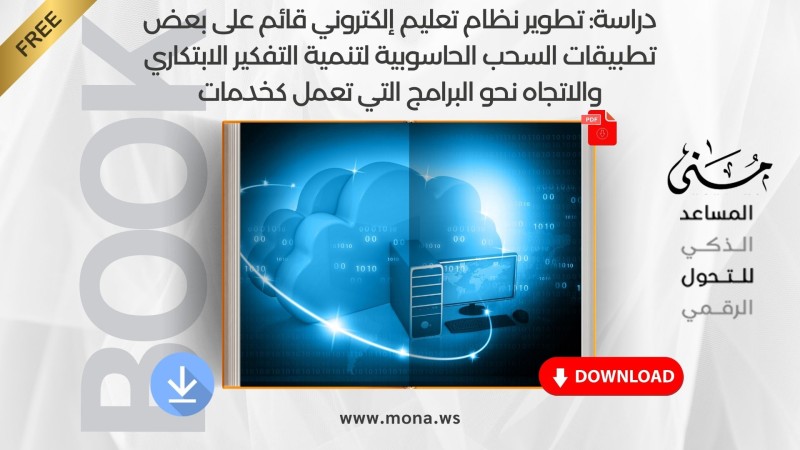

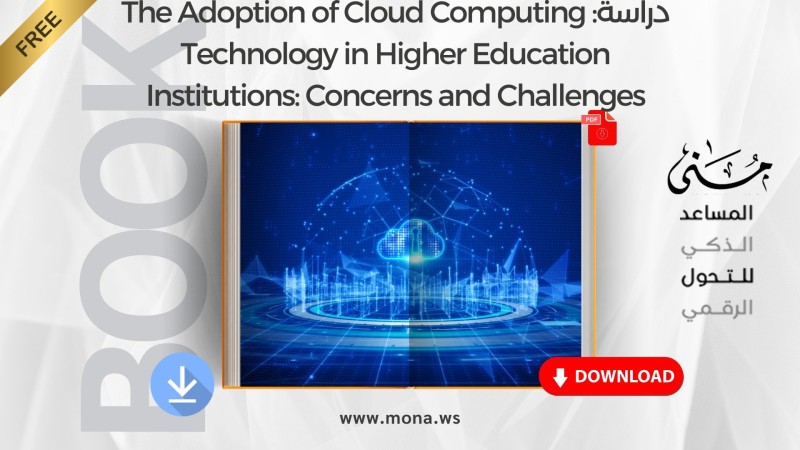
Comments
Add New Comment